Human history is littered with examples of hubris, where our relentless pursuit of progress and mastery over nature has sometimes led to catastrophic arrogance.
Humans sometimes forget that we do not have control and that our blind ambitions have great consequences.
This article explores the top man-made disasters, from the Chernobyl nuclear meltdown to the ecological devastation wrought by the Three Gorges Dam, each serving as a humbling reminder of the price of overreaching ambition.
The Chernobyl Nuclear Disaster
Date: April 26, 1986
Location: Chernobyl, near Pripyat, Ukraine, then part of the Soviet Union
In the early hours of April 26, 1986, the world witnessed the worst nuclear disaster in history at that time at the Chernobyl Nuclear Power Plant.
A catastrophic explosion occurred during a safety test in Reactor No. 4, releasing massive amounts of radioactive material into the atmosphere.
The disaster resulted from engineering flaws and, inadequate safety protocols, human error, and a culture of secrecy that delayed the evacuation of nearby residents and the international response.
The explosion and fire spewed a cloud of radioactive fallout into the air, contaminating a vast area of Europe.
The most immediate and devastating impact was felt by the plant workers and emergency responders, many of whom were exposed to lethal doses of radiation. The residents of Pripyat, unaware of the gravity of the situation, carried on with their lives until the decision to evacuate the city was made nearly 36 hours later.
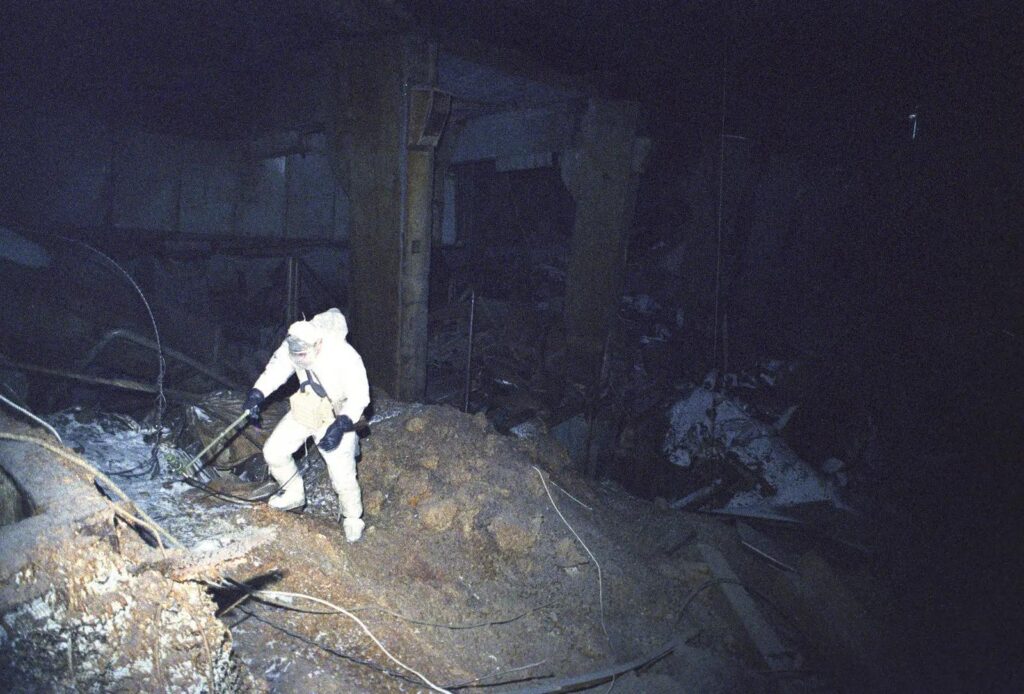
The long-term effects of the Chernobyl disaster are still being felt today. The surrounding area, known as the Exclusion Zone, remains largely uninhabitable, and the wildlife within it has undergone significant changes due to the radiation.
Human health impacts were severe, including increased rates of thyroid cancer, leukemia, and other radiation-induced diseases among those exposed.
The disaster also led to widespread environmental damage, with radioactive contamination affecting soil, water, and plant life.
Chernobyl served as a stark wake-up call about the potential dangers of nuclear power when not managed with the utmost caution.
It prompted a reevaluation of nuclear safety standards worldwide, leading to more stringent regulations and an increased focus on disaster preparedness.
The Exxon Valdez Oil Spill
Date: March 24, 1989
Location: Prince William Sound, Alaska
The Exxon Valdez was a massive oil tanker bound for Long Beach, California, which met with catastrophe in Prince William Sound off the coast of Alaska.
The ship was carrying over 53 million gallons of crude oil when it struck Bligh Reef, tearing open its hull and unleashing an environmental disaster of unprecedented scale.
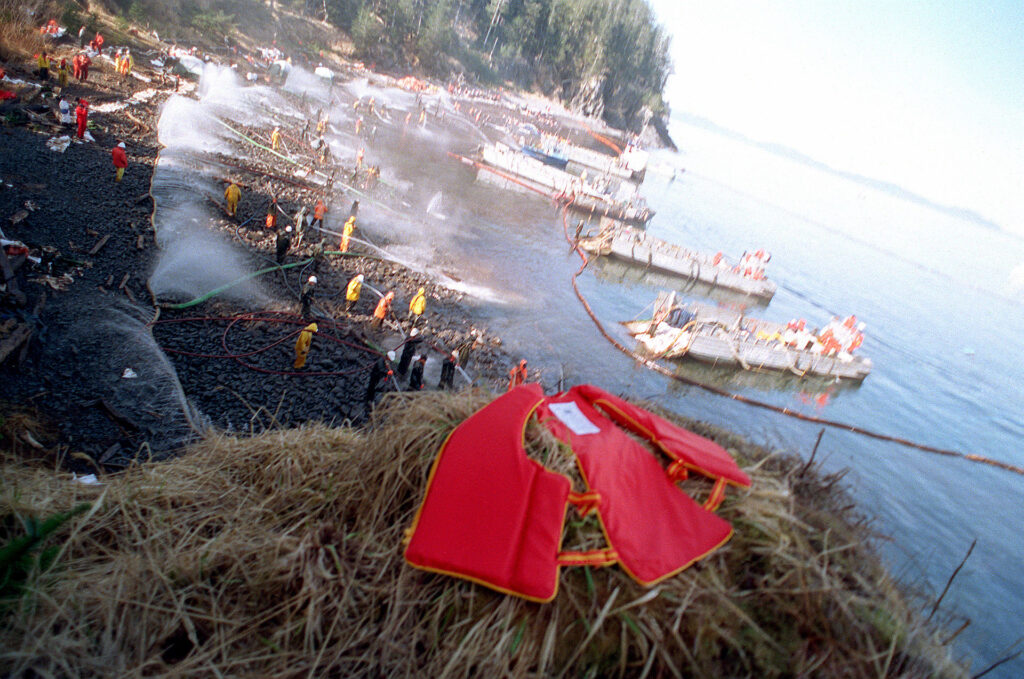
The immediate consequences of the spill were heart-wrenching. The thick, toxic oil blanketed the coastlines, killing wildlife in droves. An estimated 250,000 seabirds perished in the aftermath, along with thousands of otters, seals, and an untold number of fish.
The Exxon Valdez oil spill galvanized public opinion on environmental protection and corporate accountability. Cleanup efforts were massive, involving thousands of workers over several years, yet the environmental recovery was slow and incomplete.
The spill exposed the inadequacies in oil spill response and prevention measures, leading to significant legislative and policy changes, including the passing of the Oil Pollution Act of 1990.
The long-term effects of the Exxon Valdez spill lingered for decades. Studies have shown that oil still remains in the environment, affecting the health of the ecosystem. Populations of some species impacted by the spill have yet to fully recover.
Fukushima Nuclear Disaster
Date: March 11, 2011
Location: Fukushima, Japan
If there is one thing humans have not been able to control, it’s mother nature.
When the two go head-to-head, mother nature always wins, and that is precisely what unfolded at the Fukushima Daiichi Nuclear Power Plant on March 11, 2011.
On that day, Japan faced one of the most devastating natural catastrophes in its history—a magnitude 9.0 earthquake, followed closely by an enormous tsunami.
These events directly impacted the Fukushima facility, leading to a critical failure of its cooling systems and resulting in the meltdown of three of its six reactors.

The immediate aftermath of the Fukushima disaster was a desperate battle against time and radiation, as plant workers, emergency responders, and government officials worked tirelessly to contain the spread of radioactive materials.
The evacuation of tens of thousands of residents from the surrounding areas amidst fears of radiation exposure brought to light the dire consequences of combining nuclear energy with areas prone to natural disasters.
In the following years, the Fukushima disaster prompted Nations worldwide to reevaluate their nuclear safety standards and emergency response capabilities.
The Amazon Rainforest Deforestation
Date: Ongoing
Location: Amazon Rainforest, Brazil
This next disaster is not a singular event but rather an ongoing catastrophe with consequences that resonate on a global scale.
The deforestation of the Amazon Rainforest, a calamity unfolding over decades, represents one of the most significant environmental crises of our time.
Unlike other disasters that strike swiftly and recede into history, the systematic destruction of the world’s largest rainforest is a relentless force, eroding the very fabric of biodiversity, climate stability, and indigenous cultures.
The Amazon, often dubbed the Earth’s “lungs,” plays an indispensable role in carbon dioxide absorption and oxygen production, making its continued devastation a matter of urgent concern for the entire planet.
Agriculture, particularly cattle ranching and soy cultivation, accounts for the lion’s share of deforestation in the Amazon. These industries thrive on the clearing of vast forest areas, driven by both the domestic market and a robust global demand.
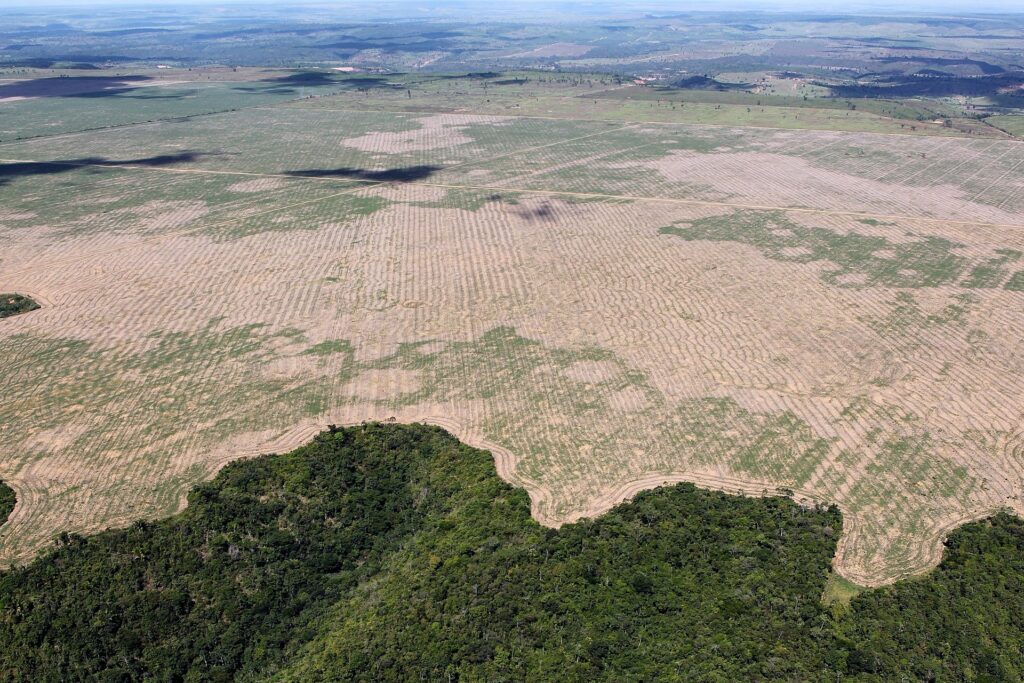
As the world’s largest exporter of beef and a leading producer of soy, much of Brazil’s deforestation is directly linked to these sectors.
The implications of Amazon deforestation extend well beyond the immediate loss of trees. The rainforest is a critical carbon sink, playing a vital role in mitigating climate change by absorbing millions of tons of carbon dioxide annually.
Its destruction not only releases this stored carbon but also diminishes the forest’s capacity to act as a global climate regulator. Furthermore, the Amazon’s biodiversity is unparalleled, with countless species facing extinction due to habitat loss.
The impact on indigenous communities, who have lived in harmony with the rainforest for millennia, is devastating, as deforestation threatens their culture, way of life, and survival.
Since the 1980s, the Amazon has seen an alarming loss of over 800,000 square kilometers of forest, an area greater than Chile, contributing to a significant increase in global greenhouse gas emissions.
This deforestation is facilitated by a complex web of social, economic, and political factors, with corruption and the influence of powerful agribusiness and mining interests often undermining efforts to enforce environmental protections.
The Deepwater Horizon Oil Spill
Date: April 20, 2010
Location: Gulf of Mexico
The Deepwater Horizon Oil Spill of 2010 is one of the most devastating environmental disasters in U.S. history, unleashing millions of barrels of oil into the Gulf of Mexico over 87 days.
This disaster’s scale and impact are often compared to the Exxon Valdez spill of 1989, yet the Deepwater Horizon spill surpassed it in both volume and environmental damage, making it the largest marine oil spill in the history of the petroleum industry.
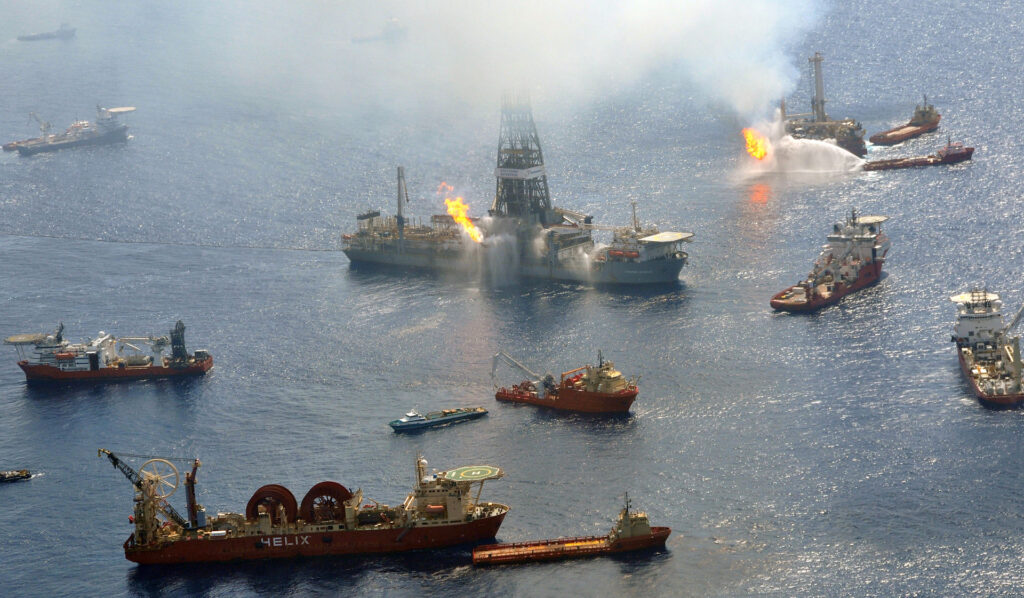
The disaster began on April 20, 2010, when an explosion on the Deepwater Horizon oil rig, operated by BP, claimed 11 lives and injured several others.
The ensuing oil spill discharged an estimated 210 million gallons of crude oil into the Gulf of Mexico, affecting thousands of miles of ocean and coastal ecosystems. In comparison, the Exxon Valdez oil spill released approximately 11 million gallons of oil into Alaska’s Prince William Sound— just a drop compared to what was spilled during the Deepwater Horizon disaster.
The spill devastated marine and wildlife habitats, inflicted severe economic damage on the Gulf’s fishing and tourism industries, and raised significant health concerns among cleanup workers and local residents.
The scale of the disaster prompted widespread criticism of BP and the oil industry’s safety practices, leading to significant legal settlements and changes in U.S. offshore drilling regulations.
The Three Gorges Dam Environmental Impact
Date: 2006
Location: Hubei Province, China
The Three Gorges Dam, spans the Yangtze River in Hubei Province, China. It stands as the world’s largest power station in terms of capacity. Completed in 2006 after more than a decade of construction, this colossal hydroelectric dam was heralded as a pinnacle of modern engineering and a solution to China’s pressing energy needs.
With its 22,500 MW capacity, the dam promised significant benefits, including flood control, increased shipping capacity, and the generation of clean electricity for millions of Chinese citizens.
However, the construction of the Three Gorges Dam was not without controversy. Beyond its architectural beauty and technological feats, the project had immense social and ecological impacts.
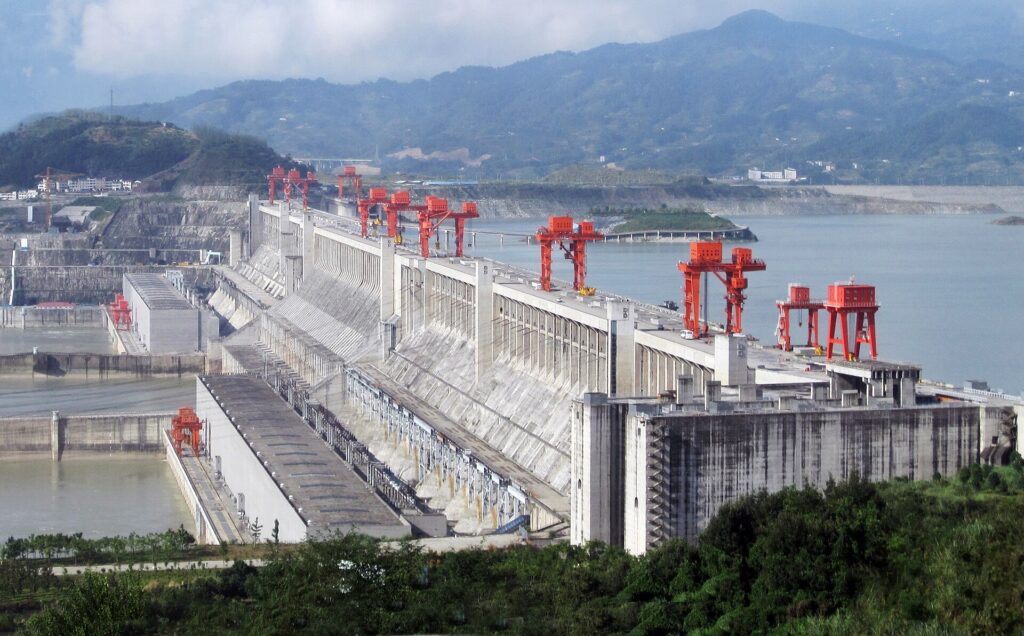
Erasure of Culture: One of the most immediate impacts was the displacement of over 1.3 million people.
Entire communities, some of which had existed for centuries along the banks of the Yangtze River, were uprooted and forced to abandon their homes.
The dam’s massive reservoir submerged more than 1,200 archaeological sites, erasing invaluable chapters of human history. Temples, ancient villages, and historical landmarks, some dating back thousands of years, were lost beneath the waves. This submergence of cultural and archaeological treasures has been likened to a library burning down, with each submerged site representing volumes of untold stories and unwritten history that future generations will never discover.
Biodiversity Loss: The dam’s construction has significantly disrupted the biodiversity of the Yangtze River basin.
It has affected hundreds of fish species, with some, like the Chinese paddlefish, now believed to be extinct.
The alteration of the river’s flow and the loss of habitats have threatened the survival of many aquatic and terrestrial species, reducing biodiversity and affecting fisheries that local communities depend on.
Water Pollution and Quality: Due to inadequate waste management systems upstream, the reservoir created by the Three Gorges Dam has become a repository for industrial waste, agricultural runoff, and sewage. This accumulation has led to water quality issues, including algae blooms that deplete oxygen levels, harm aquatic life, and impact drinking water.
Geological and Hydrological Changes: The immense weight of the reservoir’s water has been linked to increased seismic activity in the region, raising concerns about the potential for landslides and earthquakes.
Additionally, the dam has altered the natural sediment flow of the Yangtze River, affecting downstream ecosystems and leading to erosion problems that compromise riverbanks and agricultural lands.
Climate Impact: While hydroelectric power is often touted as a clean energy source, the Three Gorges Dam’s environmental footprint raises questions about its sustainability.
The decomposition of forests in the flooded areas releases methane, a potent greenhouse gas, contributing to climate change.
While hydroelectric power is a renewable energy source, the Three Gorges Dam has shown that not all renewable energy projects are automatically sustainable.
The environmental degradation and greenhouse gas emissions associated with such mega-dams emphasize the need for a balanced energy mix and the exploration of less invasive renewable energy sources.
References
Chernobyl Accident 1986
Exxon Valdez
Fukushima nuclear accident
Three Gorges Dam
Deepwater Horizon oil spill
Amazon Deforestation and Climate Change

